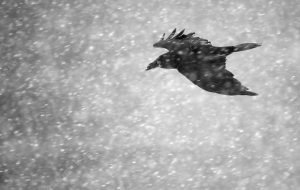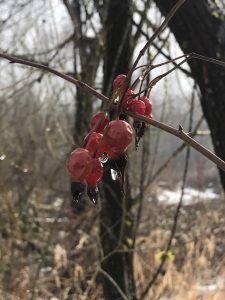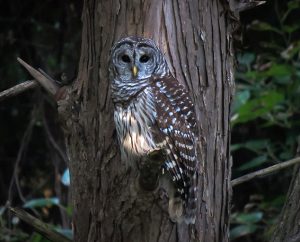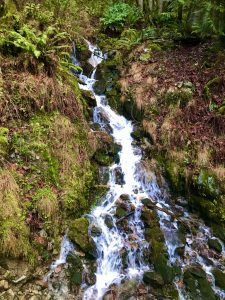Otters on the slough
Furcoats grooming, standing guard
Fish slipping away
We Hold Each Other Up
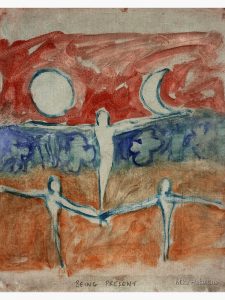 The Yogabliss, Two Rivers/RiverTree Yoga on-line Moving into Meditation classes met this morning. We’re each held here through relationships of care, tenderness and meaning. Imagine all of the acts of generosity, patience, and compassion that have made your life possible and continue to offer you meaning. Today we took some time to remember the people who have made a difference in our lives. We then considered spiritual friendship – those trusted friends with whom we can entrust our truths.
The Yogabliss, Two Rivers/RiverTree Yoga on-line Moving into Meditation classes met this morning. We’re each held here through relationships of care, tenderness and meaning. Imagine all of the acts of generosity, patience, and compassion that have made your life possible and continue to offer you meaning. Today we took some time to remember the people who have made a difference in our lives. We then considered spiritual friendship – those trusted friends with whom we can entrust our truths.
We heard poet Maya Angelou’s poem, Alone. Her few words evoke the aloneness that pervades our lives.
We practiced a guided meditation inspired by Oren Jay Sofer. We imagined our mentors, teachers, family members and friends sitting in a circle of care.
In his On Being interview, Be a Blessing, Rabbi Ariel Burger, shares his thoughts about how our friends help us to keep our hearts and minds open. They help us find the questions worthy of our hearts’ devotion.
We ended with poet John O’Donohue’s beautiful Friendship Blessing.
Spirited Sky
Winter Walk
Everything Flowers from Within
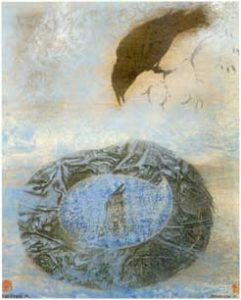 The Yogabliss, Two Rivers/RiverTree Yoga on-line Moving into Meditation classes met this morning. Valentine’s Day is when we traditionally gift each other affection. Affection springs from empathy. Empathy makes so much possible: acceptance, forgiveness, kindness, patience and understanding. We start by sitting still. Jon Kabat Zinn describes “sitting still and being quiet for a time as a radical act of love.” When thinking about why this is loving, I was reminded of trying to meet the sometimes inexhaustible needs of a baby. I can bring so much willingness to a baby in my arms – especially when there is another set of arms when I get tired. One doesn’t control a baby. One doesn’t control the mind. Paradoxically we can become intimate with the nature of our minds. The loving awareness of our hearts can hold distraction, strong emotion, fatigue and even pain.
The Yogabliss, Two Rivers/RiverTree Yoga on-line Moving into Meditation classes met this morning. Valentine’s Day is when we traditionally gift each other affection. Affection springs from empathy. Empathy makes so much possible: acceptance, forgiveness, kindness, patience and understanding. We start by sitting still. Jon Kabat Zinn describes “sitting still and being quiet for a time as a radical act of love.” When thinking about why this is loving, I was reminded of trying to meet the sometimes inexhaustible needs of a baby. I can bring so much willingness to a baby in my arms – especially when there is another set of arms when I get tired. One doesn’t control a baby. One doesn’t control the mind. Paradoxically we can become intimate with the nature of our minds. The loving awareness of our hearts can hold distraction, strong emotion, fatigue and even pain.
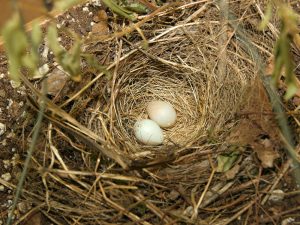 Sitting still this week I connected with that part of myself that spends so much energy trying to avoid feeling vulnerable. This is like trying to hide from the sun. Meditation is not about trying to stop thinking. It’s a practice that embraces our wholeness. Gradually we develop an inner stability to recognize the many mind-states we try to hide from – vulnerability, self-judgment, anger, fear among so many others. Slowly we learn to relax, tolerate and finally feel compassion for our difficult emotions. You can do it. You can be it. It starts with sitting still, relaxing and trusting.
Sitting still this week I connected with that part of myself that spends so much energy trying to avoid feeling vulnerable. This is like trying to hide from the sun. Meditation is not about trying to stop thinking. It’s a practice that embraces our wholeness. Gradually we develop an inner stability to recognize the many mind-states we try to hide from – vulnerability, self-judgment, anger, fear among so many others. Slowly we learn to relax, tolerate and finally feel compassion for our difficult emotions. You can do it. You can be it. It starts with sitting still, relaxing and trusting.
We drew inspiration from poet Galway Kinnell’s poem, St. Francis and the Sow. Kinnell’s work was informed by his experience as a field worker in the Congress of Racial Equality and activist in the civil rights movement. He was a passionate follower of Walt Whitman.
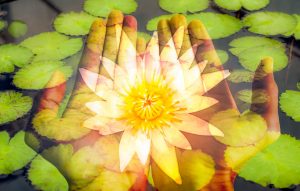 In his essay, Healing the Cracks, Buddhist monk and meditation teacher Ajahn Sucitto describes ways of expanding the field of “loving awareness.” He teaches about empathy and “inter-subjectivity.” When we can offer ourselves empathy we can expand to include others. We can refrain from imprisoning ourselves and others in judgment. We can learn to accept our feeling, thinking selves as a constellation of experiences that are ever-changing. We are all subject to conditioning. We can learn to cultivate loving conditions, emotions and thoughts.
In his essay, Healing the Cracks, Buddhist monk and meditation teacher Ajahn Sucitto describes ways of expanding the field of “loving awareness.” He teaches about empathy and “inter-subjectivity.” When we can offer ourselves empathy we can expand to include others. We can refrain from imprisoning ourselves and others in judgment. We can learn to accept our feeling, thinking selves as a constellation of experiences that are ever-changing. We are all subject to conditioning. We can learn to cultivate loving conditions, emotions and thoughts.
Finally we heard David Whyte’s poem Second Sight. David’s poem touches on our basic human needs to be seen, heard and touched.
Nightshift
Walking in Beauty
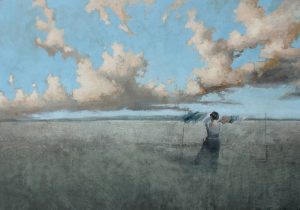 The Yogabliss, Two Rivers/RiverTree Yogaon-line Moving into Meditation classes met this morning. We practiced with the theme of inter-being today. Our very composition is a form of Life expressing itself. We contemplated how the world sustains us and naturally we turned to gratitude and reverence.
The Yogabliss, Two Rivers/RiverTree Yogaon-line Moving into Meditation classes met this morning. We practiced with the theme of inter-being today. Our very composition is a form of Life expressing itself. We contemplated how the world sustains us and naturally we turned to gratitude and reverence.
Teacher and poet, Thich Nhat Hanh, has dedicated his life to raising our awareness so that we can walk more lightly on the earth. He offers many artful ways of bringing mindfulness into every day life. We explored his “gatha” practice of reciting a verse acknowledging our relationship with whatever we are doing. If you have time, why not write one of your own to try during the week?
Mary Oliver’s words reminded us of the soft animalness of our being. Her invitation to allow ourselves to love what we love informed our ways of moving and sitting with more relaxation and relish.
We drew inspiration from Betsey Crawford’s essay, The Power of Allurement. Betsey is an environmental activist and photographer whose work centers around her appreciation for the natural world. Her writing explores our place as humans in the more than human world. We closed with Linda France’s breath taking poem Murmuration. If you have time, I highly recommend following the poem’s link to its beautiful animation. Linda stitched together parts of 500 poems submitted in answer to her request for work inspired by love of the natural world. It is utterly magical.
Early Morning Hours
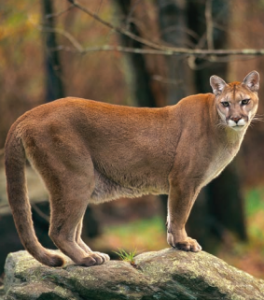 Mountain lion softly lands
Mountain lion softly lands
Aaaaach!
Taking backward steps
Grateful for life
Water Trails
Earth Time
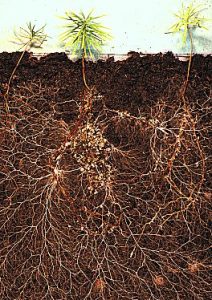 The Yogabliss, Two Rivers/RiverTree Yoga on-line Moving into Meditation classes met this morning. We used qualities of earth to explore qualities of mind. The slow steadiness of grounding helps to bring our heart’s wisdom to what we are attending. Earth’s regenerative capacity metabolizes what has died and nourishes what is being born. We too can integrate our experience in ways that help us to include ourselves and future generations in our circle of caring.
The Yogabliss, Two Rivers/RiverTree Yoga on-line Moving into Meditation classes met this morning. We used qualities of earth to explore qualities of mind. The slow steadiness of grounding helps to bring our heart’s wisdom to what we are attending. Earth’s regenerative capacity metabolizes what has died and nourishes what is being born. We too can integrate our experience in ways that help us to include ourselves and future generations in our circle of caring.
We contemplated Pablo Neruda’s poem Keeping Quiet. The poem, written in the 1950s, speaks to our time. He imagines the healing a Great Pause could bring. The Earth gets a chance to regenerate, the skies clear and we can hear the birds sing.
We drew inspiration from Jay Griffiths’ brilliant essay, Dwelling on Earth. She takes us on a journey through living Soil by highlighting its inhabitants and their role in the circle of life. She takes us back in time describing Darwin’s last work centered on the “mindedness” of earth worms. You can read or listen to Jay read her work and learn about Water Bears aka Moss Piglets aka Slow Steppers!
Vietnamese monk and beloved meditation master Thich Nhat Hanh reminded us of the reverence we embody in mindful walking.
We reflected on Theravadan monk and teacher Ajahn Sucitto’s essay Mindfulness Its Friends and Relatives. He explains how, like fingers and palm, attention and loving awareness come together in mindfulness. We investigate experience and let it rest in our “heart/mind.” We inquire: “How am I with this?”

